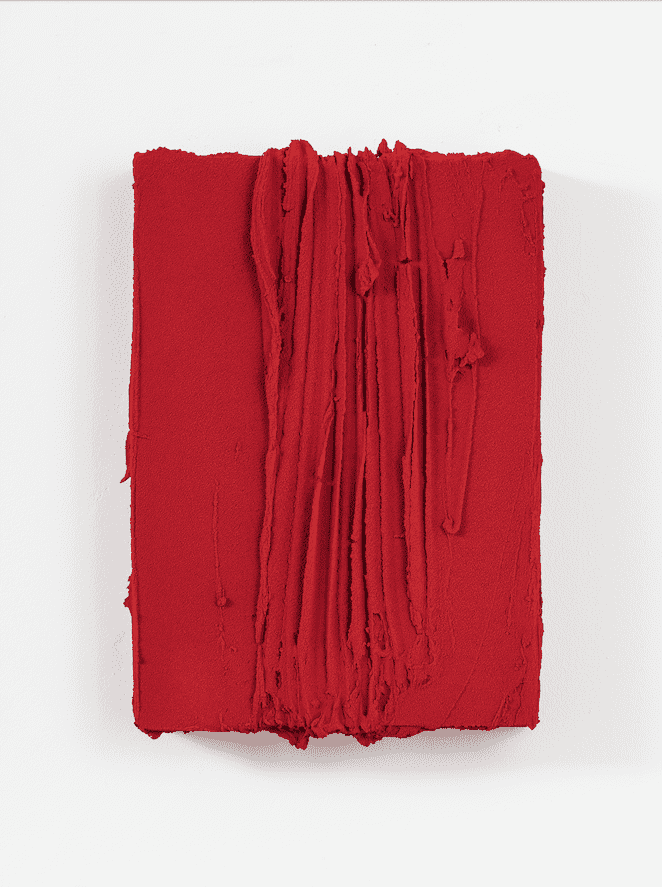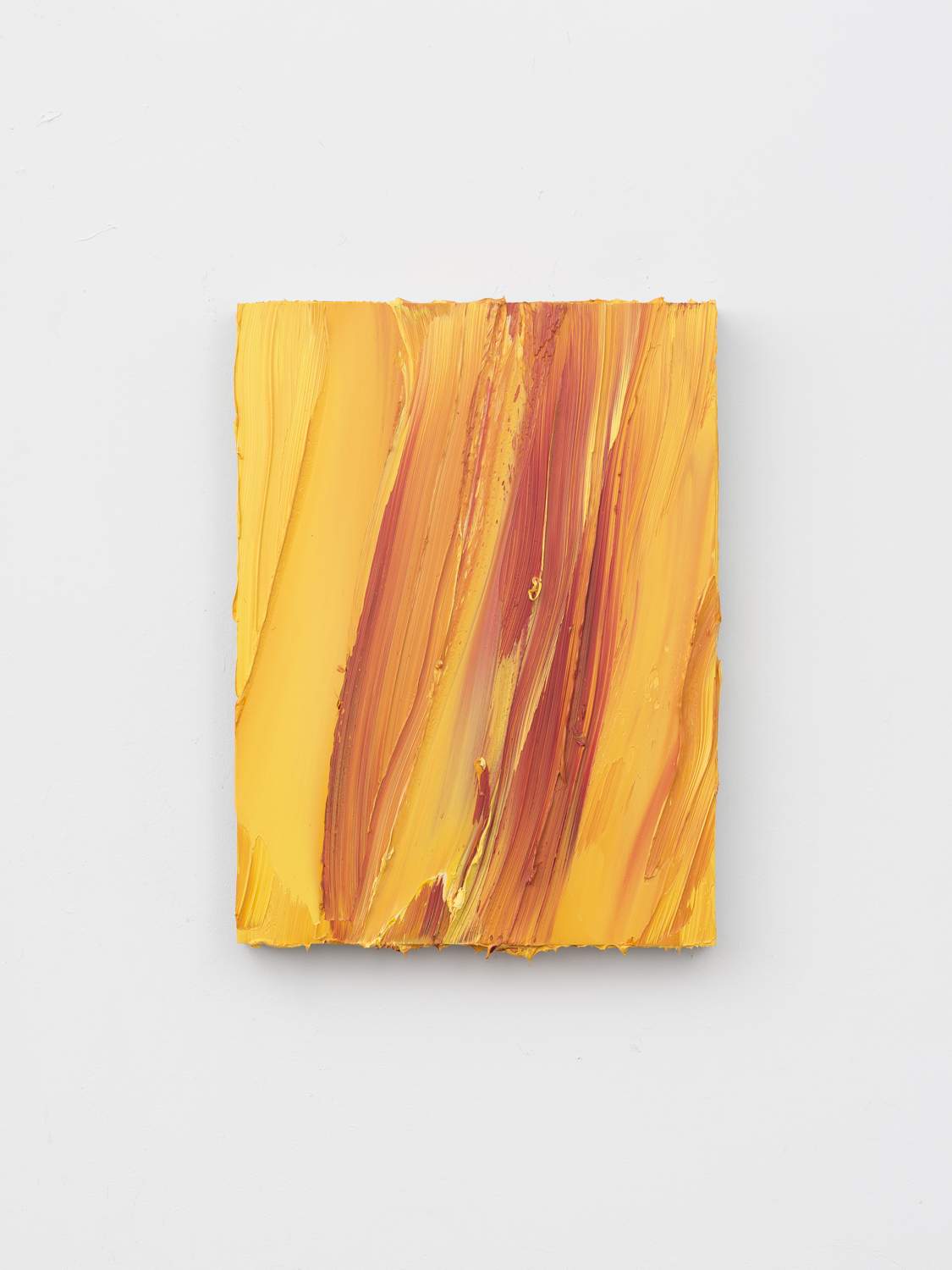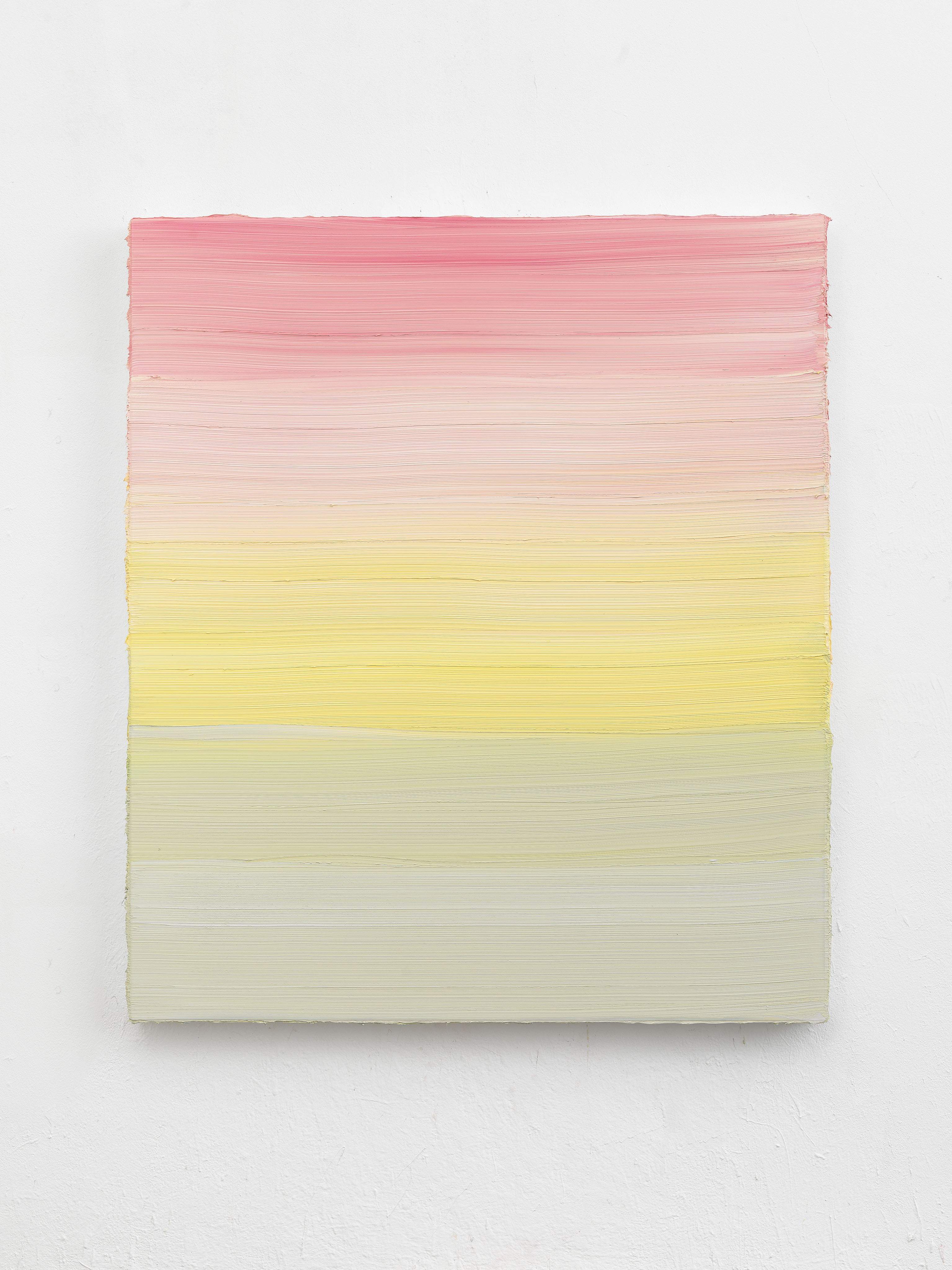Jason Martin
Nato nel 1970 a Channel Island (Gran Bretagna), ha studiato alla Goldsmiths University a Londra. Ora vive e lavora sia a Londra che Lisbona.
Jason Martin nel 1997 ha preso parte a Sensation: Young British Artists from the Saatchi Collection, la mostra che ha sancito il suo ingresso nel panorama dell’arte internazionale. Da allora, l’artista ha esposto le sue opere nei più importanti musei, come la Collezione Peggy Guggheneim a Venezia (2009) e ha ricevuto due riconoscimenti: il Liverpool Biennial of Contemporary Art (1999) e la European Biennial of the Visual Arts di La Spezia (2000). E’ conosciuto principalmente per i suoi dipinti monocromi. Il lavoro di Jason Martin oscilla tra la tensione e la quiete. La sua arte incarna la vitalità e l’energia generando una simultaneità di immagine, tra azione e dinamismo. La sua qualità risiede sia nel movimento perpetuo, sia nel continuo bisogno di interrogare se stesso e tutte le infinite forme di pittura. Ogni cosa richiama alla mente il dinamismo della “singola azione”, unendo creazione e pittura, perfezione e osservazione.
Born in 1970 in the Channel Islands, UK, Martin has studied at Goldsmiths University in London. He now lives and works between London and Lisbon.
Jason Martin took part in Sensation: Young British Artists from the Saatchi Collection, the exhibition that set forth his entrance in the international art world, in 1997. Ever since, the artist has been exhibited in the most important museums, such as Peggy Guggheneim Collection in Venice (2009) and he has won two awards: the Liverpool Biennial of Contemporary Art (1999) and the European Biennial of the Visual Arts of La Spezia (2000). He is mainly known for his monocromatic paintings. Jason Martin’s works fluctuate through tension and quiet. His art embodies vitality and energy generating a simultaneity of the image among action and dynamism. His constant quality lies both on a perpetual movement and on a continuous need to question himself and all the infinite ways of painting. Everything calls to mind the dynamism of a “single act” unifying creation and glaze, perfection and observation.



